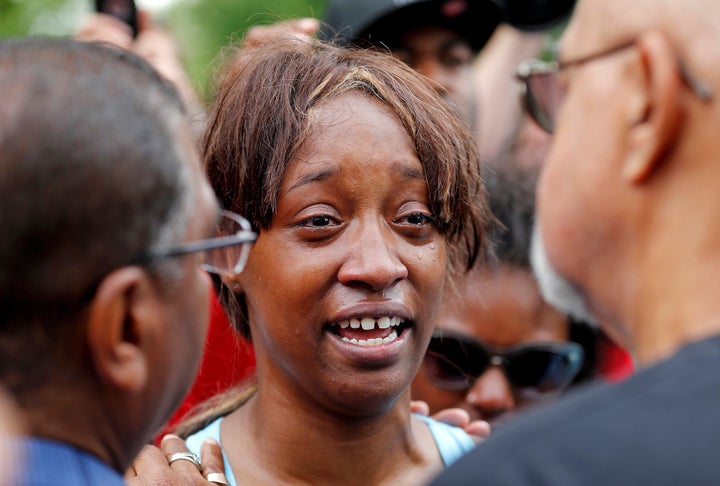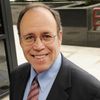
There are many advantages to thinking about police violence against unarmed citizens as a disease in need of a cure. There are excellent results emerging from treating all gun violence as a disease that needs prevention, interventions and cures. See articles here and here for more details.
Very complex human problems can be approached from many analytic points of view, such as law, psychology, ethics, politics and economics. The advantage of medicine is that it is less judgmental and polarizing than many perspectives of analysis. If economics blames violence on poverty, for example, there you have it. Where do you go from there in terms of stopping the epidemic of murders in Chicago this summer? Right now? We are not going to solve poverty this summer, so we just let the kids die? Same with blaming all the gun violence on the gun lobby, or on racism. All the causes mentioned may be valid, and yet they may also leave you powerless because the ‘cures’ for poverty, or out-of-control lobby groups, or racism, involve systemic and long-term change, even requiring some degree of human evolution.
Certainly our democracy and campaign finance system need to evolve to an utterly new place before we can address the very strange and abnormal reality of 300 million guns available in the United States and more gun murders than any other developed nation on earth, 33,000 dead every single year. That is more casualties every two years on American soil than all the American soldiers that died in Vietnam.
The successful scientific construct of medicine looks dispassionately at a disease, sees how to interrupt the course of the disease, and also seeks preventive interventions and cures that can be tested on a case by case intervention. Cure Violence is a powerful organization that has risen fast across the world due to its success in treating violence from the perspective of epidemiology and medicine. Dr. Manoj Jain reports regarding Cure Violence that, “a Department of Justice report found that this program reduced shootings by 41 percent to 73 percent. And in five of the seven communities evaluated in the report, retaliatory shooting was reduced by 100 percent.”
Those are important results that have vital implications for what we as citizens should do, what we should tell our law makers to do. Speaking as an ethicist, every human life saved by interventions should be seen as a remarkable embrace of foundational secular and religious moral constructs that value every single human life as inherently valuable and inherently endowed with inalienable rights. As an ethicist I would argue that we should be focused less on pinning blame and more on the best practices of saving all lives, whether it be innocent bystanders, victims, police, and even of criminals. That is what is happening in other developed countries and there is no reason for it not to happen here.
We generally think of responding to problems with police in terms of legal and structural oversight, as we should. Police are public servants, and the public must keep a close eye on anyone who holds a gun in their name, who uses force in their name.
At the same time, police officers are people too, very human and in the ultimately stressful job that potentially threatens their lives every day. Add to that that many are war veterans who may or may have not experienced extreme stress in all the recent wars that America has engaged.
Here is the most important point in investigating police, and it is not what you think. Most people focus on the circumstances of this shooting or that shooting, was there a justified use of force or an excessive one. I am interested in something much more in the background, with the qualifications of who exactly serves on the front lines of protecting society from crime.
What are the elements that we look for when seeing who is prone to using guns to harm others? We know, for example, that most people who use guns violently have been abused in childhood, most have also been victims of violence in adult life. This fact alone should give us pause. What are in fact the psychological tests that police recruits must pass? What are the hiring standards? Also when police are involved in a shooting they generally need to be evaluated. Is the epidemiology of violence research being applied to police?
It has been repeatedly emphasized that the “Blue Wall” of protection around police by fellow police, by unions, is something that must change and evolve. Imagine if there was a “Blue Wall” of silence around airline pilots, so that we did not know which ones were flying habitually drunk? Why is it different when it comes to explosions of anger from someone who was abused as a child and has been given a gun and put in situations confronting potentially violent people all day? We must evolve a more detailed and standardized set of tests for both gun owners and especially police. We cannot change this country’s approach to the Second Amendment anytime soon. But we can encourage courageous and thoughtful chiefs of police to pioneer far better standards of vetting and evaluating all police officers. This will make everyone safer, including the police. For a citizenry that does not trust the police will not protect them either. But the greater confidence we have in enforcers of the law the more that we and they will be safer. In this way we will develop between police and citizenry a common commitment to value all human life.
